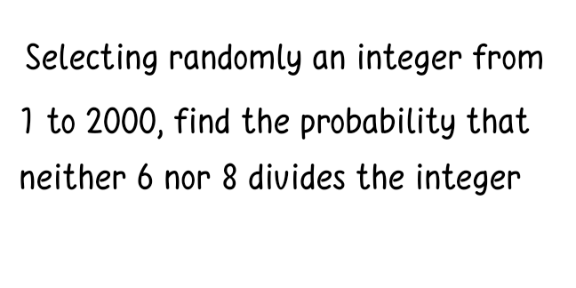
AllQuestion and Answers: Page 206
Question Number 201545 Answers: 0 Comments: 0

Question Number 201544 Answers: 2 Comments: 0

Question Number 201533 Answers: 2 Comments: 0
Question Number 201534 Answers: 0 Comments: 1
Question Number 201527 Answers: 1 Comments: 0

Question Number 201526 Answers: 1 Comments: 0

Question Number 201519 Answers: 3 Comments: 0

Question Number 201517 Answers: 1 Comments: 0

Question Number 201516 Answers: 1 Comments: 0

Question Number 201515 Answers: 1 Comments: 0

Question Number 201555 Answers: 1 Comments: 0

Question Number 201557 Answers: 2 Comments: 0
Question Number 201510 Answers: 1 Comments: 0

Question Number 201509 Answers: 1 Comments: 0

Question Number 201502 Answers: 0 Comments: 3
Question Number 201514 Answers: 0 Comments: 0

Question Number 201495 Answers: 1 Comments: 1
Question Number 201486 Answers: 0 Comments: 0

Question Number 201477 Answers: 1 Comments: 0
Question Number 201475 Answers: 0 Comments: 5

Question Number 201473 Answers: 0 Comments: 0
Question Number 201464 Answers: 2 Comments: 0
Question Number 201452 Answers: 2 Comments: 0

Question Number 201447 Answers: 0 Comments: 0

Question Number 201445 Answers: 0 Comments: 0

Question Number 201443 Answers: 1 Comments: 5

Pg 201 Pg 202 Pg 203 Pg 204 Pg 205 Pg 206 Pg 207 Pg 208 Pg 209 Pg 210
